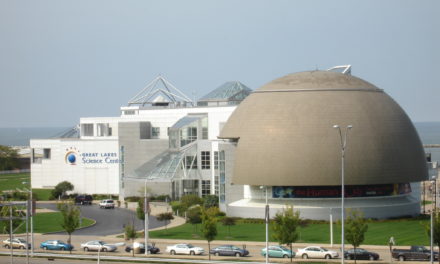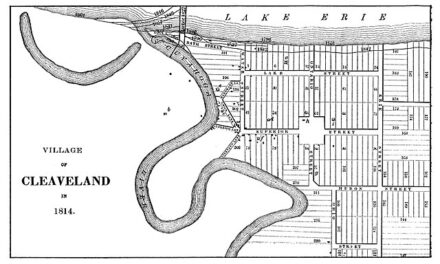CLEVELAND HISTORY
Founding of Case Western Reserve University (March 24, 1967): This date marks the formal federation of Case Institute of Technology and Western Reserve University to form Case Western Reserve University. The union merged Case’s strengths in engineering and science with Western Reserve’s strengths in liberal arts, law, medicine, and social sciences, creating a leading research institution.
Opening of the Cleveland Museum of Natural History (March 25, 1958): The Cleveland Museum of Natural History officially opened its doors to the public on this date, providing educational exhibits on natural history including paleontology, zoology, and astronomy. The museum has been instrumental in scientific research and education in the region.
Inauguration of the Greater Cleveland Regional Transit Authority (RTA) (March 26, 1975): The RTA was inaugurated to provide public transportation services to the residents of Cleveland and its surrounding areas. The establishment of the RTA was a significant step in developing and organizing public transit in the region, enhancing mobility and contributing to urban development.
Lake Erie Monster Sighting Reported (March 28, 1963): A notable reported sighting of the Lake Erie Monster, or “Bessie,” a creature said to inhabit the waters of Lake Erie, was recorded on this date. While more of a cultural anecdote than a historical event, the legend of Bessie has become a part of local folklore and attracts interest and speculation about the mysteries of Lake Erie.
Dedication of the Rock and Roll Hall of Fame (March 30, 1996): The Rock and Roll Hall of Fame was dedicated in Cleveland, celebrating the city’s contributions to the rock and roll genre. The museum has since become an iconic landmark, attracting visitors from all over the world and hosting annual induction ceremonies that honor the achievements of rock music’s most influential figures.
WORLD HISTORY
Discovery of Tuberculosis Bacterium (March 24, 1882): On this day, Robert Koch, a pioneering German microbiologist, announced the discovery of the bacterium responsible for tuberculosis, Mycobacterium tuberculosis, during a lecture at the Berlin Physiological Society. This discovery was crucial because tuberculosis was a major cause of death at the time. Koch’s identification of the causative agent confirmed the infectious nature of the disease and laid the foundation for diagnostic and therapeutic advances, including the development of the tuberculosis skin test and subsequent vaccinations.
Abolition of the Slave Trade Act (March 25, 1807): The British Parliament passed this act, which prohibited the slave trade within the British Empire. This legislation did not end slavery itself but marked a significant victory for the abolitionist movement led by figures like William Wilberforce. The act made it illegal to carry slaves in British ships, a major step towards the eventual abolition of slavery throughout the British colonies and influencing similar legislation in other countries.
Egypt-Israel Peace Treaty (March 26, 1979): This landmark treaty was signed by Egyptian President Anwar Sadat and Israeli Prime Minister Menachem Begin, with U.S. President Jimmy Carter mediating the intense negotiations. The treaty made Egypt the first Arab state to officially recognize Israel and ended decades of conflict between the two nations. It led to Israel withdrawing from the Sinai Peninsula, which it had occupied since the Six-Day War in 1967, and established full diplomatic and commercial relations.
FDA Approval of Viagra (March 27, 1998): Viagra, scientifically known as sildenafil citrate, was approved by the U.S. Food and Drug Administration as the first oral treatment for erectile dysfunction. Its development by Pfizer marked a significant breakthrough in the treatment of male impotence, a common problem affecting millions of men worldwide. Viagra’s approval not only provided a highly effective treatment option but also opened up broader conversations about sexual health and aging.
Assassination Attempt on Ronald Reagan (March 30, 1981): Ronald Reagan, the 40th President of the United States, was shot and wounded by John Hinckley Jr. outside a Washington, D.C., hotel shortly after a speaking engagement. Hinckley was motivated by an obsessive desire to impress actress Jodie Foster. Reagan quickly recovered, but the incident had lasting effects on security protocols for protecting the president and sparked national debates about gun control and mental health issues.






